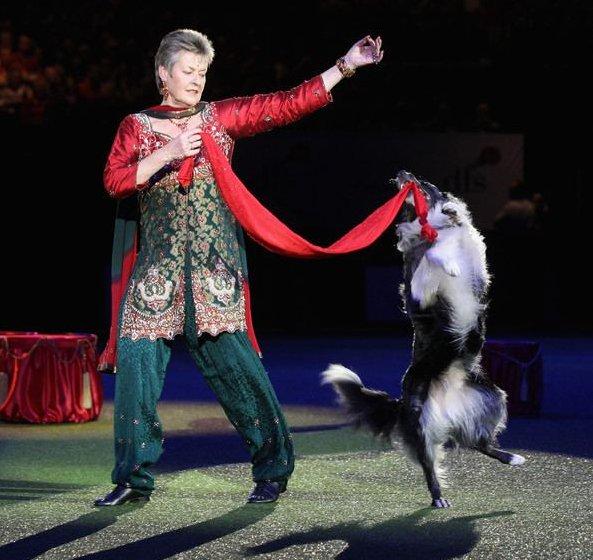For both parents and practitioners, it can be hard to make sense of psychological research. This is especially true for research on applied behavior analysis, which is often known simply as ABA, and its effectiveness for helping children diagnosed with autism, which is often abbreviated as ASD for autistic spectrum disorder.
The reason for this difficulty is that the primary critique of research on ABA or other behavioral therapies for children with autism does not typically appear within the published research paper itself. The primary critique of published ABA research and ABA therapy methods for autism is that they lack ecological validity.
Ecological Validity
Research Methods and Statistics: A Critical Thinking Approach by Sherri Johnson is a standard textbook for psychological research methods. On page 77, Johnson writes that “ecological validity refers to the extent to which research can be generalized to real-life situations.” In other words, research done within a laboratory setting may not be applicable in a real world context.
There are many possible reasons why something may be valid within a lab but not really work out in the real world. One common reason is called the college sophomore problem. Most psychological research is done on college sophomores simply because it’s easy for their professors to get them to volunteer for a research study. Research done on college sophomores may not apply to the general population.
Ecological validity is one example of the broader research problem known as external validity. So basically, the research study could have been done completely well and found something valid. It is internally valid. But that research finding may only be valid within that particular research context and not applicable beyond it. It isn’t externally valid. When you read a research paper or hear about some study in popular media, these concerns about ecological validity and external validity are almost never mentioned.
Ecological Validity of ABA for Children with Autism
Why does this matter for ABA and children with autism? Because what makes ABA therapy useful at all for children on the autism spectrum is that it uses laboratory-derived behavioral techniques to train children the same way that a researcher would train a rat or a dog. ABA therapy breaks down basic and complex behaviors into small steps and uses prompting and positive reinforcement to motivate the rat, dog, or person to master that small step. Once each step is mastered, the next step is trained in the same way until the entire behavioral sequence is complete.


This is how dogs learn to “dance” around a stage on their back legs. The dog has no idea what dancing is but has learned to sequence a long series of small steps together to create this behavior that looks a lot like dancing. While the dog surely enjoys and is motivated by the positive reinforcement, it has none of the normal social and emotional associations we would associate with dancing. Furthermore, that dancing dog is the proverbial one-trick pony. It cannot generalize beyond that one dancing behavioral sequence to learn something new.
That may be fine for a dog, but what about a child? ABA therapy can teach a child with autism to perform important behaviors and discourage problem behaviors. In using laboratory-derived behavioral techniques, ABA therapists are able to bypass the social interaction challenges faced by children with autism.
However, in bypassing these ordinary social cues and interacting with the child in this structured artificial way, that child will struggle mightily to generalize what was learned when within more natural real world settings. That is why the primary criticism of behavioral approaches to autism therapy like ABA center on their ecological validity. It isn’t that their benefits are useless or their research is wrong. It is that they are very very limited. The very specific behaviors children learn in this manner are not able to be generalized to the rest of their experiences in more natural real world environments.
In bypassing these ordinary social cues and interacting with the child in this structured artificial way, that child will struggle mightily to generalize what was learned when within more natural real world settings